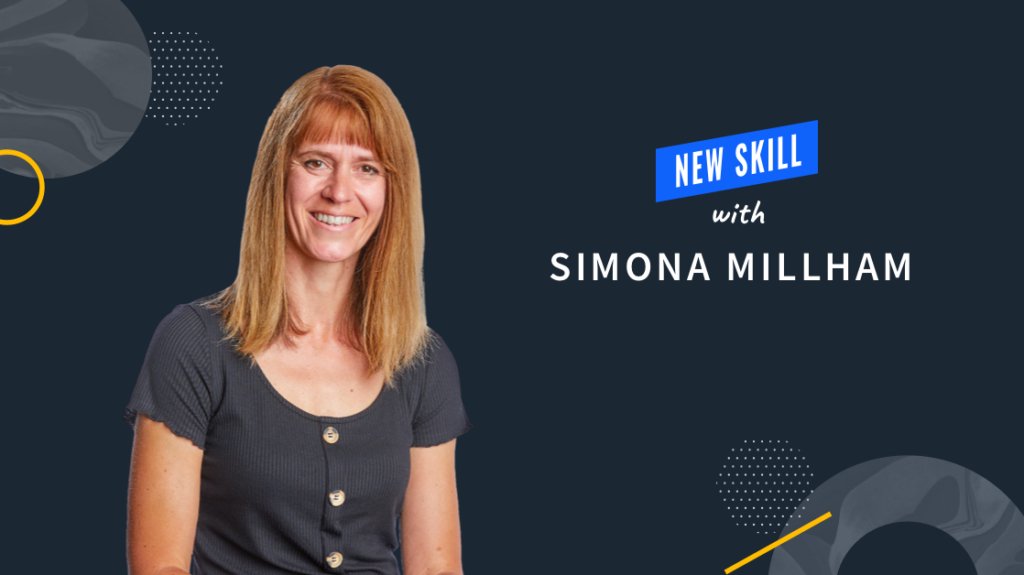New Training: How to Have Uncomfortable Conversations

In this 8-video skill, CBT Nuggets trainer Simona Millham covers some tools and techniques you can use to better handle uncomfortable and difficult conversations. Gain an understanding of why you should master your emotions during an uncomfortable conversation. Learn how to lead an uncomfortable conversation, how to understand the point of view of others, how to get a conversation that’s out of hand back on track, and more. Watch this new Professionalism training.
Learn Professionalism with one of these courses:
How to Lead a Team
This training includes:
8 videos
34 minutes of training
You’ll learn these topics in this skill:
Introduction
Preparing for the Conversation
Leading the Conversation
Mastering Your Emotions!
Seeking to Understand
When Things Don’t Go to Plan
Unexpected Uncomfortable Conversations
Review
How to Be an Effective Listener
In his seminal work 7 Habits of Highly Successful People, Stephen Covey listed "Seek first to understand, then to be understood" as the fifth habit. He advised readers to allow their conversational counterpart to fully explain themselves before starting to express your own thoughts, which offers several advantages.
First, humans are emotional creatures, and often all the other person wants is to feel as if they've been heard. Listening to understand establishes rapport with the other person, letting them know that you care about their opinion.
Similarly, allowing someone to express themselves provides the opportunity for any pent-up emotion to be vented. There are two basic goals when listening: listening to understand or listening to respond. You want the other person to understand and appreciate your opinion, and they can't do that if they're distracted by focusing on what they're going to say next. If you allow them to get it all out first, it clears the way for your thoughts to be heard.
Finally, you might find that your thoughts are more aligned with the other person than you assumed. At the very least, you'll have a much better idea of where you disagree and can direct your response to those points, without wasting time arguing about points where you disagree.
delivered to your inbox.
By submitting this form you agree to receive marketing emails from CBT Nuggets and that you have read, understood and are able to consent to our privacy policy.